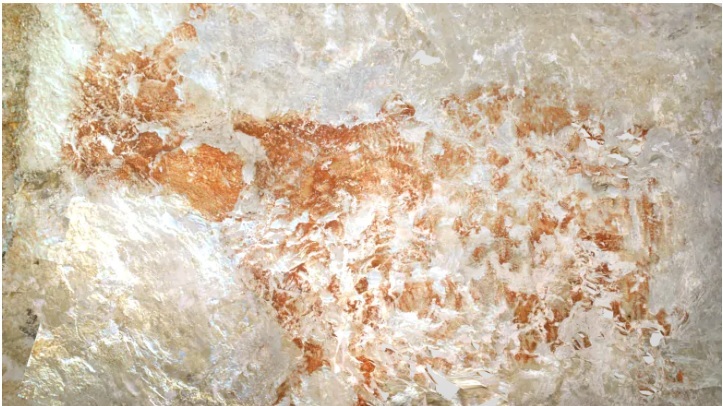Creativity Through the Ages
- Jill O'Connor
- Apr 6, 2019
- 2 min read
Updated: May 15, 2019
Human beings are at heart creative. We have an innate need to express ourselves, we are born with it. This has become apparent over the years as archaeologists have found cave paintings and relics made by early humans and Neanderthals. Discoveries of art are not just meaningful to the art world but also show how human culture has developed. In the latest discovery of cave art there is a high probability that scientists have discovered not the earliest known cave art but the earliest figurative cave art in Borneo.
National Geographic has a great article about the discovery; you can read it here: https://www.nationalgeographic.com/science/2018/11/news-oldest-animal-drawing-borneo-cave-art-human-origins/. This figurative art includes ancient animals, which is different from hand prints and scribbles previously found. This art actually shows definable cow-like creatures. One of the phrases this article uses to describe the cave paintings is: “a vast and ancient gallery of cave art.”
This made me think about traditional galleries and museums and the reasons we have them in the first place. Could our innate need to express ourselves extend out further beyond just expression but into the idea of sharing our creative output and somehow protecting it as well? Isn’t this the basic tenet of museums and galleries now?
What if among our instincts to create art we also have the instinct to share it with others and at the same time protect it from degradation? The early cave gallery shows that not only did early humans take time out of their day of hunting, fishing, gathering, and generally surviving; they also took time to make art. They made art in a place, a cave where it would be protected from the outside elements. They not only wanted to make art but wanted to preserve and share it in the best way they knew how.
This idea is integral to the development of human culture. We understand ancient civilizations and peoples by their art. People expressed what was important to them through art. Over the centuries art has become more nuanced and expression is not always as straight forward as it once was. However, the principles are the same; we continue to express important ideas, thoughts, and concepts just differently than early humans. Art is a universal language and one that has the ability to speak to almost everyone throughout and within different time frames.









Comments